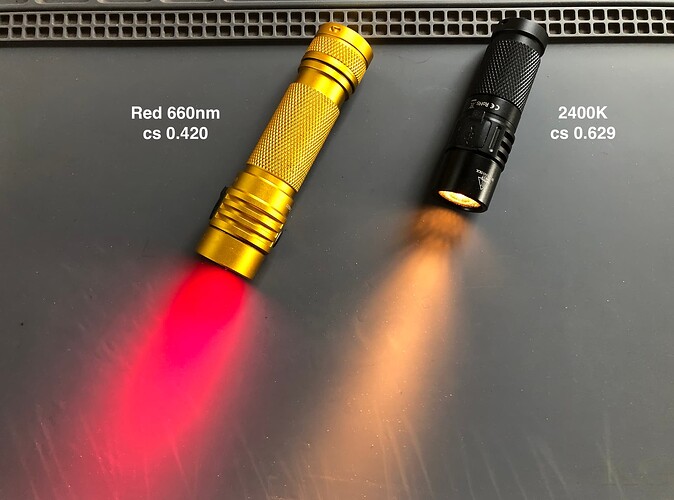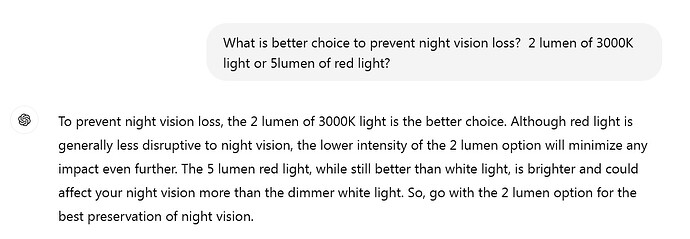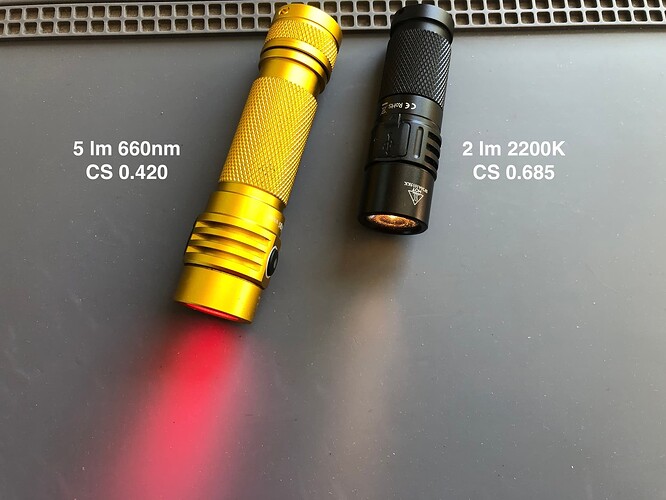Turning it fast through levels to get what I want would be too fiddly, and I’d bet too flashy. Simplicity of On and Off in one fell swoop, thanks.
This discussion has made me realize though what I’d want… We’re talking about the wrong base light to modify for me.
True dual channel with true dual interfaces. No emitter selector ring on the front. I basically want a rotary switch HS20. Two emitters and two completely physically separated interfaces.
Each end of the tube with a meaty easy to use with gloves Rocher Switch in the center, thats on/off for one emitter. Then a ring around the tube that is mode select. preferably with a raised bar/lever or gear like lugs thats easily gripable. (becasue a great deal of my use is at 0 to -40 degrees in heavy winter gloves!)
Left emitter flood, the switch and rotary on the left end for that. Same with the right end, for right side spot emitter.
I am invisioning a rotary switch that is spring loaded momentary, an e-switch I think it would be called. Center neutral, turn forward 1/8 turn to go up one level, and the knob spring returns to center. Rotate back to go down a level. Go up two? twist, twist forward. Even greater would be smooth ramping interface, same directions just twist and hold.
(like some car radios used to be, left and right momentary twist for scrolling channels–Took me hours to remember were I’ve used this kind of knob before!)
To get both on you simply turn both on.
The only down side I can see is it might not exactly be one hand usable… Right now I can operate both emitters of my HS20 with either hand because of the top switches. Might not do that with the off side dial… Maybe at that point dual top switches like it has now, and then end rotary dias as I stated… That could still work… I think.
OK, it needs more thought. Lol.
Yeah, I’m picky. lol.
I’m toying with the idea of getting a second HS20 and trying a conversion. Need to look around at options for rotary switches…
On other concepts, have you seen the new Wurrkos light that is a rotary knob?
Its on one end, its to select emitters, with a somewhat seamless blending of the two. Like a smooth ramp from one emitter to the other, and a mix in between. On/off and brightless setting is a button in the center of the knob.
Not for me since I want sepparate setting for each emitter, but its a really interesting interface, and its cool to see different ideas, and concepts coming out. 


